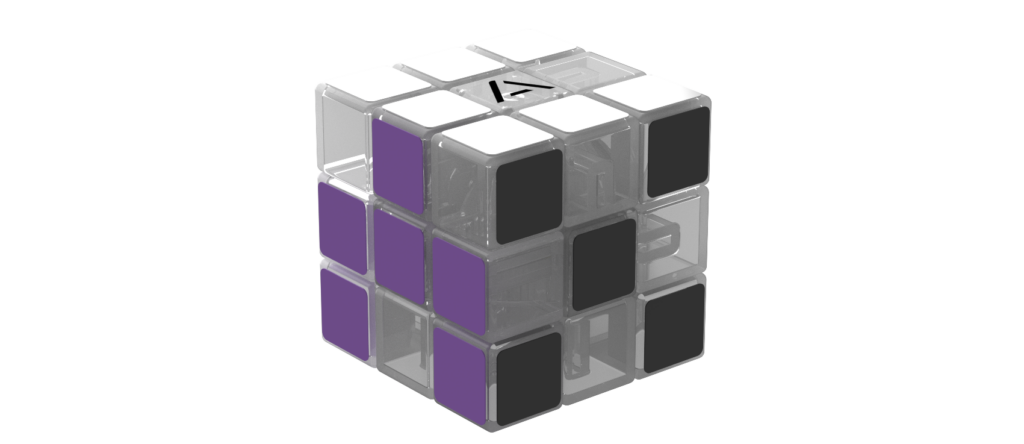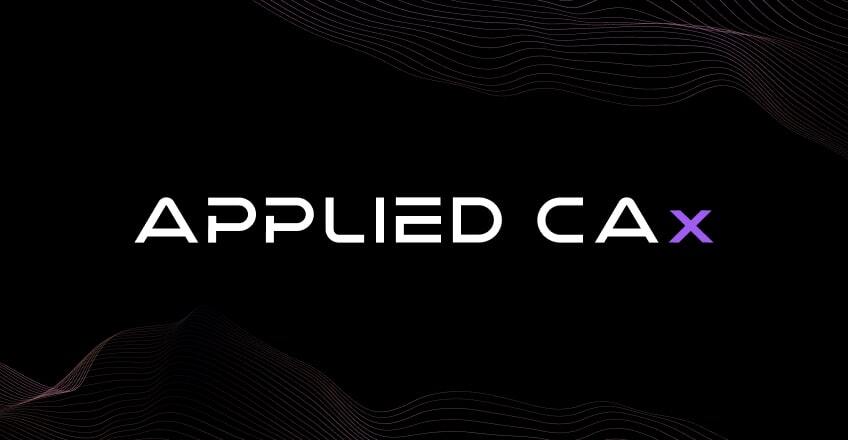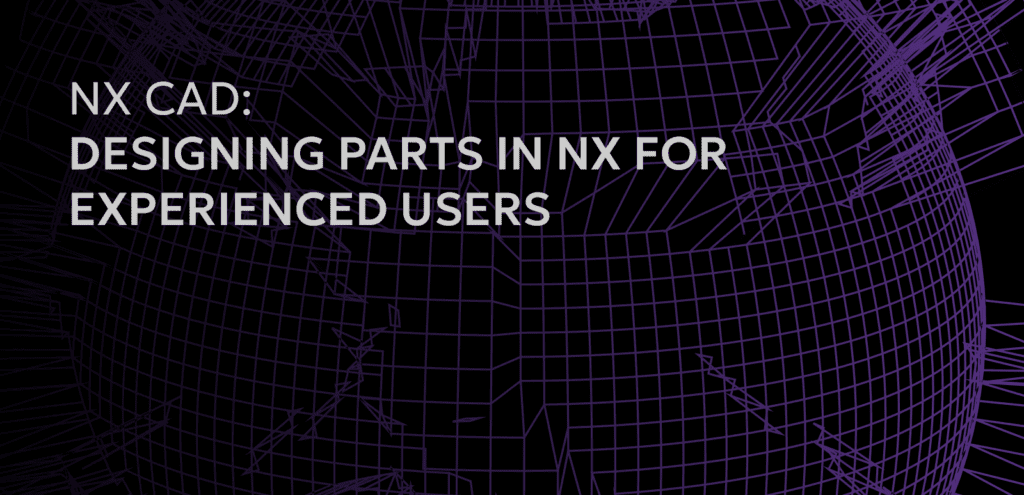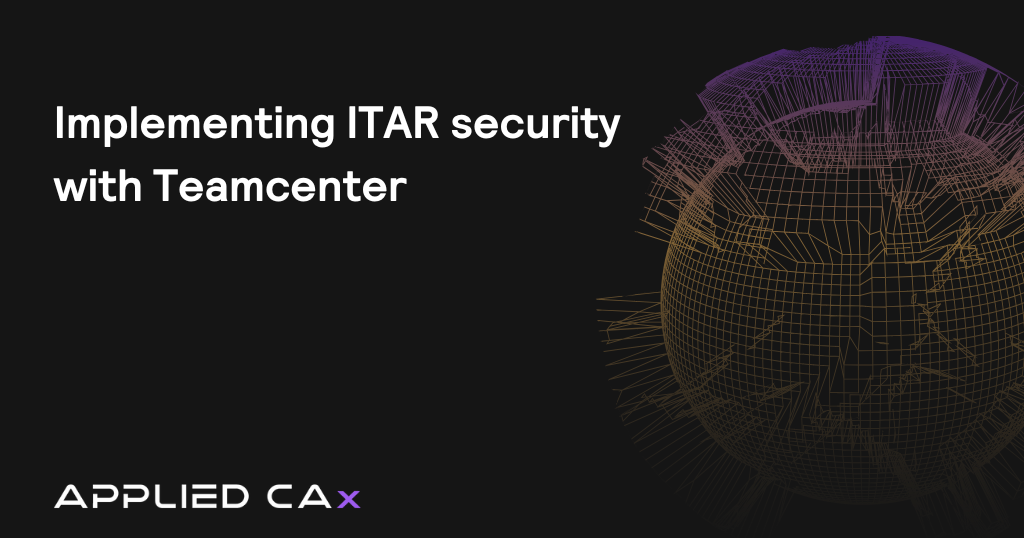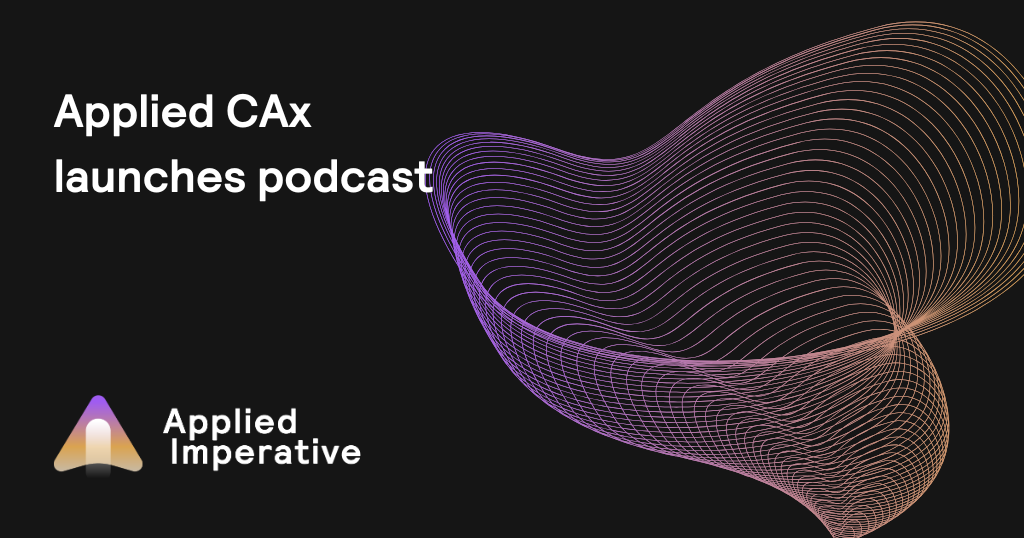Industrial organizations face complex supply chains, strict regulatory oversight, increasing sustainability demands and razor-thin margins. When equipment uptime, worker safety, compliance and profitability are all on the line, manual reporting and siloed systems simply aren’t sufficient.
The Model Context Protocol (MCP) helps organizations integrate artificial intelligence (AI) agents with existing systems to address these challenges. This article explains how MCP tools work and how Mendix’s AI-assisted platform delivers their benefits to low-code developers.
The Emergence of MCP Tools
AI agents offer a faster, smarter way to manage and act on information. By answering questions, automating tasks and connecting with critical business systems, they give leaders confidence that their organizations can quickly adapt to evolving pressures without disrupting core operations.
But making that happen at scale is easier said than done.
Each integration — whether with an enterprise resource planning system, asset management tool or customer database — traditionally requires custom development, creating a web of one-off connections that are difficult to maintain.
MCP, an open standard developed by Anthropic, is emerging as a solution to this problem. MCP tools standardize how AI agents interact with external platforms and data sources, making it easier to connect systems and orchestrate the advanced capabilities enterprises need.
The Next Layer of Integration
Application programming interfaces (APIs), the backbone of enterprise connectivity, define how applications communicate and provide secure data exchanges. MCP builds on that foundation. Instead of requiring developers to hand-code and maintain each connection, it allows AI agents to dynamically discover and use APIs and other tools at runtime. This approach expands AI’s capabilities without forcing organizations to constantly add new connectors.
MCP tools typically rely on two components:
- servers, which make available the tools, resources and prompts an organization wants to expose; and
- clients (usually AI agents), which query the servers to learn what’s available and invoke those resources when needed.
AI agents can ask an MCP server what they are able to do and receive a list of available functions. Standardized metadata ensures the agent understands what actions are possible, while security controls help prevent misuse.
The result is a more scalable, flexible way for AI to work with enterprise systems where tools and data sources are constantly changing. A manufacturer could onboard a new supplier’s platform without rewriting connectors, for example, while a utility could integrate a new grid-monitoring tool on the fly.
RAG and MCP Tools: Complementary Approaches
Another popular technology for extending large language models into enterprise systems is retrieval augmented generation (RAG). Both RAG and MCP improve AI performance, but they serve different purposes.
RAG focuses on improving accuracy. It fetches relevant documents or records from external sources and attaches them to a model’s prompt, reducing hallucinations and resulting in more business-specific responses. A nuclear operator, for example, could use RAG to answer compliance questions by pulling the latest Nuclear Regulatory Commission documentation into an AI-generated report.
MCP tools focus on integration and action. They allow agents to not only access information, but also take steps such as creating records, sending updates or orchestrating workflows across systems. In an aerospace setting, for instance, this could mean routing a request directly into a maintenance, repair and overhaul platform after an anomaly is detected.
The two approaches are complementary. RAG provides the right context to AI, and MCP ensures it can act on that context. Together, they make AI smarter and more useful in complex industrial environments.
Mendix and MCP in Practice
Mendix’s AI-assisted platform supports MCP, bringing these capabilities to low-code developers. With the Mendix MCP Client, applications can route user prompts to the appropriate AI agent — whether the task is retrieving data, generating a report or initiating a workflow.
For example, a Mendix-built chatbot in the energy sector can use MCP to triage a question about equipment performance. If the query requires real-time sensor data, it calls the correct MCP server to retrieve it. Or if the query involves scheduling maintenance, it can hand off the task to a system that handles work orders.
Security and governance are central to this process. Because MCP dynamically discovers tools, Mendix enforces authentication, role-based permissions and audit trails to prevent access from unauthorized agents. These safeguards are especially critical in highly regulated industries with strict data integrity and compliance requirements.
In addition, Mendix’s implementation minimizes the latency associated with dynamic discovery by layering MCP on top of its existing Connector Framework. Prebuilt connectors and standardized APIs handle the heavy lifting of data exchange, with efficiently orchestrated calls to avoid unnecessary overhead. This combination keeps workflows responsive at scale.
Applied CAx helps configure these integrations to strike the right balance between agility and reliability, even when multiple systems and AI agents are involved. With deep experience in PLM, simulation and enterprise integration, it aligns MCP-powered Mendix applications with industry-specific needs and compliance requirements. For instance:
- Energy companies can unify asset monitoring and predictive maintenance tools through MCP to improve grid reliability.
- Aerospace manufacturers can connect engineering models, production data and supply chain platforms to accelerate compliance reporting.
- Nuclear operators can use MCP to standardize workflows across systems, providing critical oversight while reducing manual work.
The result is a practical path to AI adoption that reduces risk, preserves prior technology investments and creates long-term business value.
Overcoming Innovation Roadblocks
As enterprise AI adoption rapidly increases — from 55% in 2023 to 78% in 2024, according to McKinsey — integration has emerged as a major roadblock to innovation. MCP tools help organizations overcome this challenge by creating a standardized way for AI agents to discover and use critical business tools. And Mendix makes it easy to embed these agents into low-code applications and workflows.
Reach out to learn how you can transform AI from an isolated technology into an integrated driver of smarter operations.
